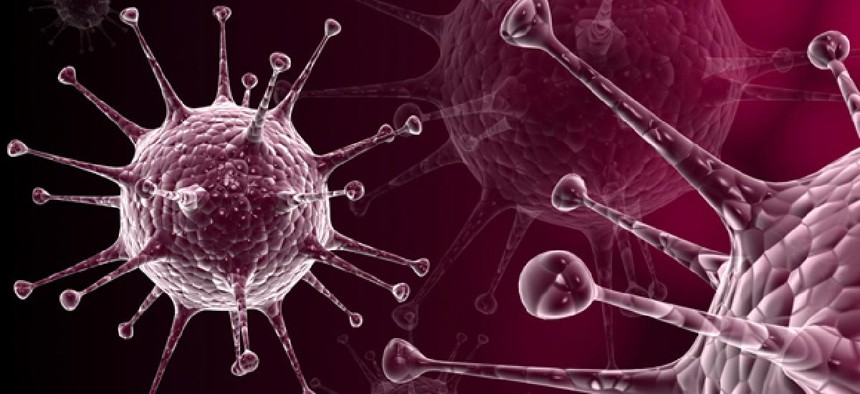Swabbing and hoping: How NASA keeps germs from colonizing Mars

mathagraphics/Shutterstock.com
The agency tries to keep humans from inadvertently populating other planets.
In 1967, the United States joined the United Kingdom and the Soviet Union in signing the Treaty on Principles Governing the Activities of States in the Exploration and Use of Outer Space, Including the Moon and Other Celestial Bodies. The agreement, more casually known as the "Outer Space Treaty," remains the closest thing the world has to "space law" -- and it stipulates, among other things, that as countries explore space they should avoid contaminating it with the microbial life of Earth. So while we may talk, with a mixture of fantasy and inevitability, about the colonization of other planets by humans, NASA takes great pains to avoid colonizing those bodies with life of a different variety: bacteria and spores that might hitchhike their way through the galaxy via American spacecraft.
But keeping space free of earthly critters is a difficult task. In fact, it's an effectively impossible one. Curiosity, for example, was not completely sterile at its launch; rather, the rover was built to ensure that it would "carry a total of no more than 300,000 bacterial spores on any surface from which the spores could get into the Martian environment."
In that way, Curiosity is like the Mars landers that preceded it: just a tiny bit dirty. "When we clean these things, it's virtually impossible to get them completely, totally, 100 percent clean, without any organic material at all," says Dave Lavery, NASA's program executive for solar system exploration. Instead, he told me, the agency enforces "allowable limits" -- a kind of controlled biological chaos -- that aims to mitigate, rather than eliminate, microbial life on its vehicles. The margins here are extraordinarily slim: When you're talking about microorganisms, 300,000 across the entire spacecraft is actually a remarkably low number. (A human adult, after all, can play host to as many as 200 trillion microorganisms. Trillion, with a T.)
To keep the Mars Science Laboratory mission within its 300,0000-critter range, the technicians who built Curiosity regularly cleaned the rover's surfaces -- and those of the spacecraft that delivered it to Mars -- by wiping them with an alcohol solution. They baked the mechanical components that could tolerate high heats to kill the microbes that remained. And they sealed off Curiosity's core box, which contains its main computer and other key electronics, to prevent any traveling microbes from escaping its confines.
Read more at The Atlantic.
(Image via mathagraphics/Shutterstock.com)





